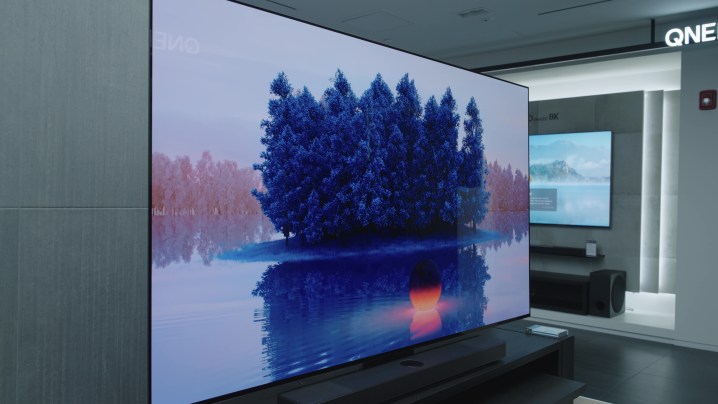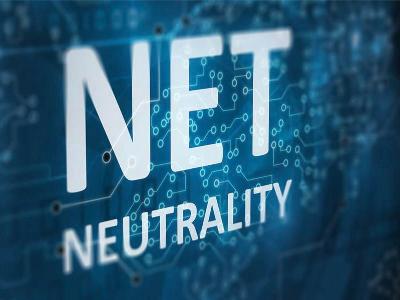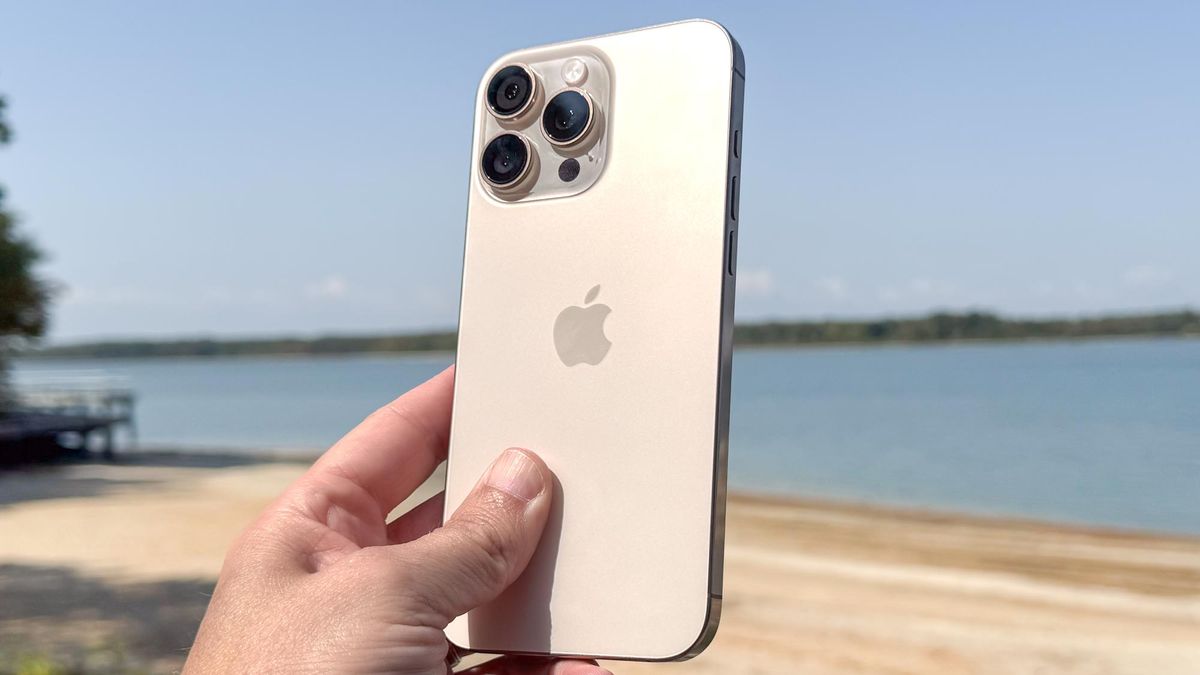On today’s You Asked: As many of your questions about CES and what to expect (that I can possibly answer).
There have been so many good questions this week, it’s been hard to choose.
The future of sound
 Samsung Q990C Digital Trends
Samsung Q990C Digital TrendsHayden Schaub from Celina, Texas, writes: The Samsung Q990 series has been rated well for years, but is getting long in the tooth. How awesome would it be if they came out with a new Q series with separate front speakers? Will Samsung or any other manufacturers create a direct competitor to the Sony Quad? The separation of sounds seems to be the future, and I would love to see competitors attempt this the way Sony has with the Quad.
I agree that the Sony Bravia Theater Quad seems to be the best hybrid between traditional home-theater-in-a-box solutions and soundbar-based surround systems. I also think it was inevitable that Sony would get some competition.
Hisense has already lifted the veil on its competing product called the Saturn. It’s a 5.1.2 Atmos system with a little box, just like the Sony Bravia Theater Quad. I expect the Saturn to be much more affordable than the Theater Quad — pricing information won’t be available until further into 2025.
Will we see something like the Theater Quad from Samsung? I don’t know. However, I do think that Samsung has an opportunity to use the Music Frame speakers to do something similar. It would need a processor box like the Quad, however. I don’t think that’s in the cards for 2025, but I could be wrong (and wouldn’t be mad if I was).
TV announcements at CES
 LG C4 OLED Douglas Murray / Digital Trends
LG C4 OLED Douglas Murray / Digital TrendsZach F writes: I was wondering: What of the following do you think is most likely to happen at CES 2025:
- LG announces that MLA will be available on the 2025 C OLED models
- Samsung announces that the 83-inch models for the S90E and S95E will be QD-OLED panels
- Panasonic announces a North American release for 2025 OLED and LCD TVs
- Sony announces 2025 QD-OLED TVs after sitting out 2024
Of those four, the most likely to actually happen is No. 3: Panasonic announces new releases for 2025 OLED and LCD TVs.
Here’s why I don’t think two of the others are likely:
LG bringing MLA OLED panels to the C-Series: This seems a bit early. Before MLA came out, I think LG needed more to distinguish the G — or, Gallery — series from the C-Series OLED TVs, and MLA was just the thing. Before that, it was basically a difference in design and audio — that’s it. I do think MLA will trickle down to the C-Series at some point — just not likely in 2025.
Samsung announcing 83-inch QD-OLED TVs: I don’t think this is likely, but I’m hopeful I’m wrong. Samsung has been cagey about which TVs have QD-OLED and which TVs have LG’s W-OLED panels. I doubt they will change that strategy. It’s very possible that 83-inch Samsung QD-OLED TVs will be a thing, but we will have to analyze those TVs to make that determination — I don’t think Samsung will come right out and say it.
Transparently, I’ve let Samsung know that while I understand they may be concerned about confusing non-enthusiast customers about what TVs have what kind of panel, I think being forthright about what TVs have QD-OLED is actually in their best interests. (I don’t know that my opinion has enough sway to change a corporate tactic, but hey, I tried.)
What’s up with FlexConnect?
 Dolby Atmos FlexConnect at CES 2024 Digital Trends
Dolby Atmos FlexConnect at CES 2024 Digital TrendsMichael Beckerman writes: What happened to Dolby FlexConnect? Back at the start of 2024, everyone was excited about new Dolby FlexConnect speakers and FlexConnect-enabled TVs from companies like Hisense, TCL, and Sony. Demos were done and videos were released, then … nothing. Crickets. What happened to Dolby’s FlexConnect initiative and will we finally see it come to market a year late in 2025 or will it just ride off into the sunset and be passed over/forgotten about entirely? Can you please get to the bottom of this and report on it while you are in Las Vegas?
First, I don’t think it was ever realistic to expect many products with Dolby Atmos FlexConnect in 2024. While it is true that Dolby has worked with manufacturing partners, when they touted FlexConnect at CES 2024, it was as much about attracting brand partners as stirring public excitement. The two tactics go hand in hand: Show that the public is excited about this kind of technology and you will have an easier time getting brands to put that tech in their products.
The real question now: Since there’s been some time to plan, design, and make FlexConnect products, will we see announcements about them at the show? I certainly hope so, but I have not heard about any yet. I’m crossing my fingers but I’m not super optimistic. If we do see FlexConnect speakers or TVs, they may come from smaller brands.
The future of HDMI
 Digital Trends
Digital TrendsBrian Cochran writes: What are your thoughts about the future of HDMI versions and the relative stability of AV technology over the next few years? It seems with HDMI 2.1 supporting 4K/120 and 8K/60 resolutions, as well as all lossless audio formats, perhaps we have reached a stasis point for the time being? While things are always evolving and the fear of obsolescence is always an issue, is it safe to say that the general hardware/protocol platforms that we are using now will remain relatively the same for the next several years? Or are there some amazing new display/audio technologies just over the horizon that will revolutionize the experience we have now (and require an upgrade)?
I will only say this because it has been widely speculated in reporting: HDMI 2.2 is expected to be announced at CES 2025 — and I expect it, too. I think HDMI 2.2 will offer much higher bandwidth and it may require a different kind of cable. I don’t know for sure, though, and I also can’t say to what degree it will be backward compatible. I am hopeful that it will be, and that an HDMI 2.2-compliant cable is all that’s needed to unlock the higher bandwidth capabilities. We’ll know more from CES and I’ll be sure to tell you all about it.
It’s true that there is little to no immediate need for higher bandwidth now. However, if electronics brands want to push the envelope of what’s possible with audio and video signals, they will need more bandwidth to do it. HDMI 2.2 opens doors to the future, but it will be a while, I think, before we see any consumer products taking advantage of it. This is one of the more exciting things I hope to get concrete info on from CES.
Ultrawide dreams
 LG UltraGear OLED bendable gaming monitor with a 21:9 aspect ratio LG
LG UltraGear OLED bendable gaming monitor with a 21:9 aspect ratio LGCaleb Helpingstine from Illinois writes: Why haven’t TV makers started to make ultrawide screen TVs when we had ultrawide monitors for a few years that took advantage of video games and some movies? Will there be one at this 2025 CES? I could see a benefit of using an ultrawide screen to display the movies that use 2:35:1 and 1:85:1 to see their cinematic glory. That’s an idea to think about.
Indeed, that is an idea to think about. It was actually thought about, acted upon, tried, failed, and abandoned already — 10 years ago.
At CES 2015, Samsung and LG both showed off a curved 21:9. One was a motorized screen that could go from flat to curved and back in under a minute. Samsung’s was 108 inches, if I recall.
I can’t recall if they were ever sold in retail or if they even made it past the concept phase. However, 21:9 TVs are a hard sell to anyone other than cinephiles and videophiles because most content is delivered at 16:9, and if there’s anything the public hates more than letterbox bars, it’s pillarbox bars. Those big, thick, black bars on the left and right side of an image are necessary for the 16:9 content that comprises most of what folks watch on TV.
The market for 21:9 TVs is slimmer than for OLED panels, so it doesn’t make sense to manufacture them since they can’t be made at scale. Until TV shows start getting shot like epic movies, I don’t think that 21:9 TVs can ever really take off. You can get 21:9 displays — mostly professional products — but consumer TVs are not likely to go in that direction unless production houses switch gears (or, lenses, really) and shoot in cinematic formats as a new rule.



















)
 English (US) ·
English (US) ·